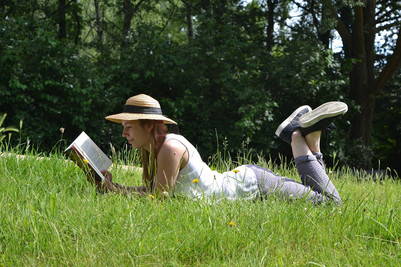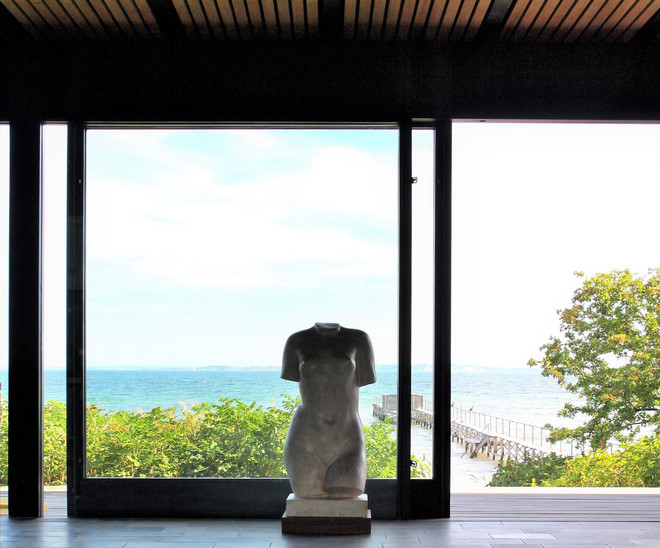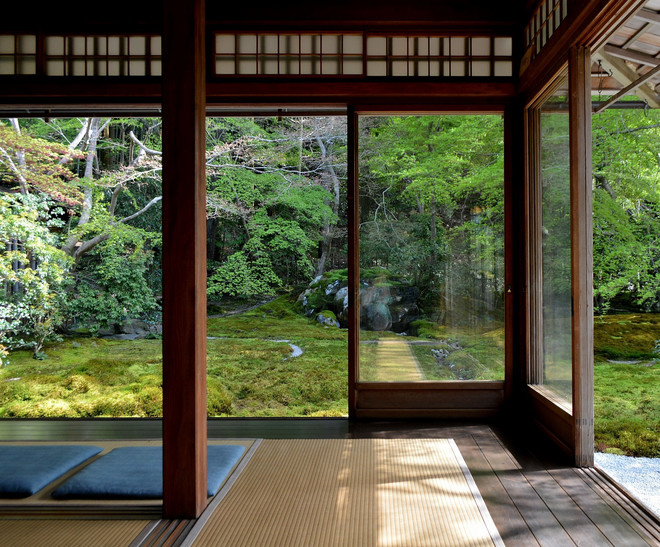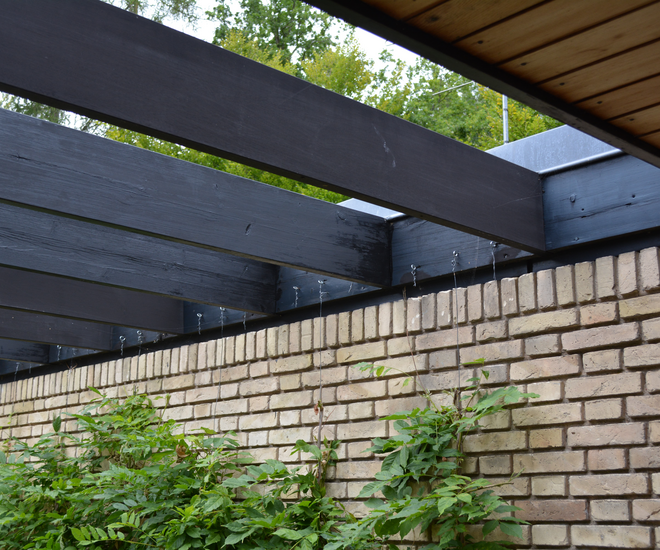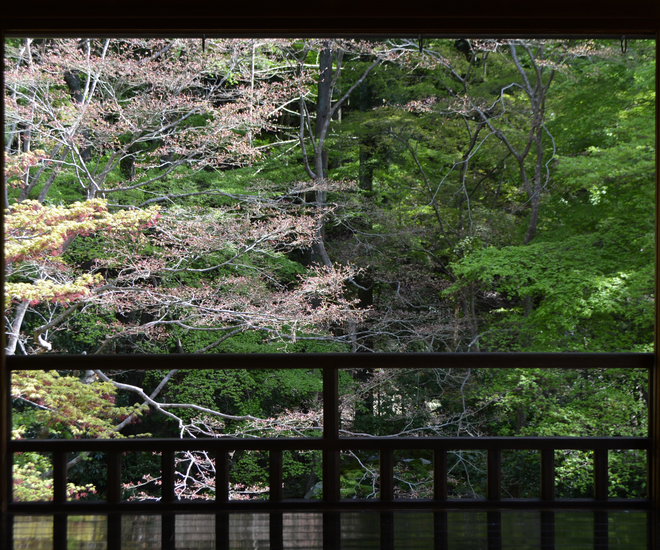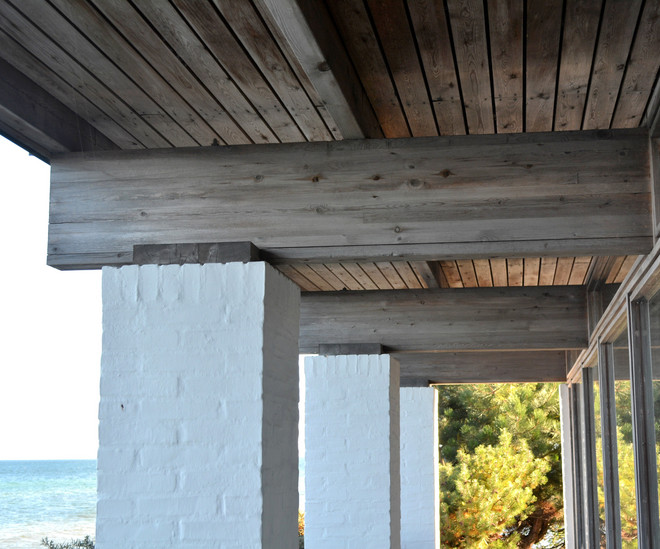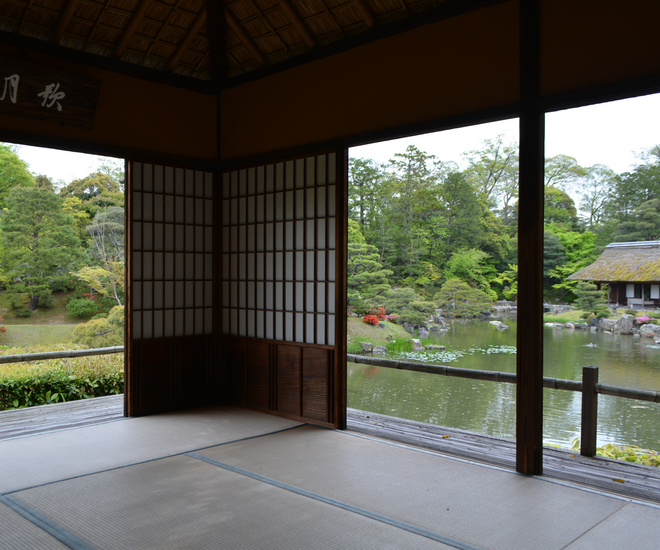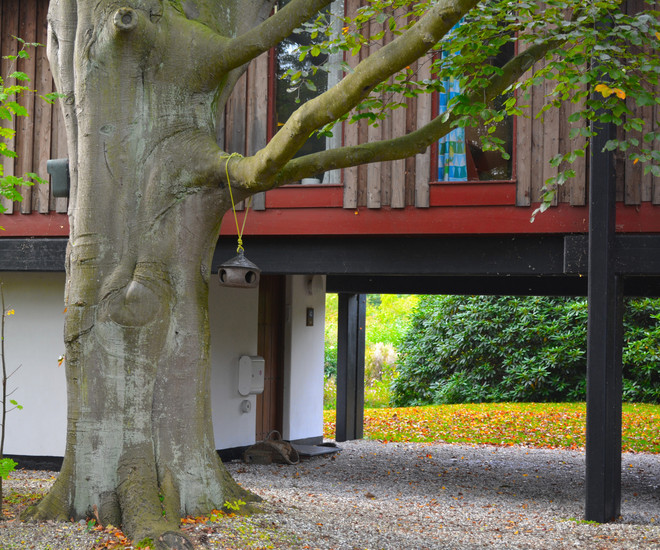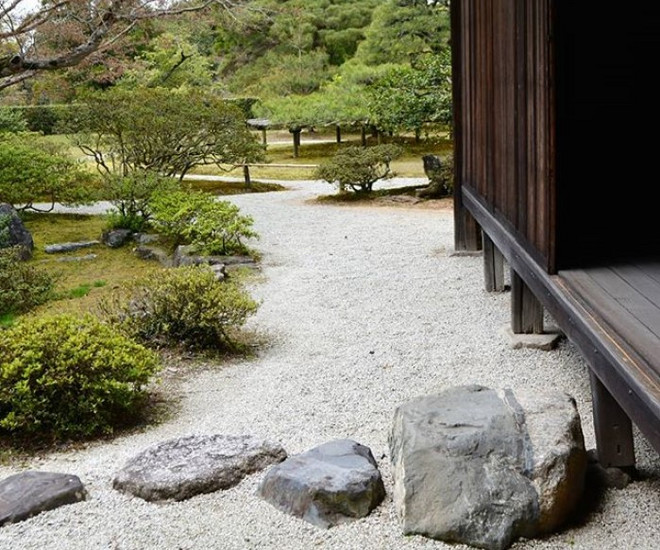
Nature-In
New Sustainable Nature-Inclusive Architectural Devices for the Transformation of our Interior Dwelling Space: through Selected Case Studies.
Due to the increase in global population, there is a growing potential for losing regular “contact with Nature”; diminishing access to the wide range of associated human health and wellbeing benefits of daily interaction with the natural world. To avoid this, design strategies are urgently needed. I will unfold and analyse the underlying forms of knowledge behind exemplary postwar-Danish and traditional-Japanese buildings that contribute to the connecting of their interior space with the surrounding nature, to inform us of a sustainable contemporary interior design practice. The main aim is to effectively enhance the health and wellbeing of communities through daily interaction with Nature in the urban areas of the future, an urgent challenge at EU and Global level.
PhD Architect MAA Carmen García Sánchez carries out Nature-In, “New Sustainable Nature-Inclusive Architectural Devices for the Transformation of our Interior Dwelling Space: through Selected Case Studies” as a post-doctoral researcher led by Full Professor Dr. Architect Peter Thule Kristensen at the Royal Danish Academy - Institute of Architecture and Design, after receiving an individual Marie Skłodowska-Curie fellowship from the European Commission.
Do you know the benefits for human of daily “contact with Nature”?
Contact with Nature enhances human health and well-being: improves mental and physical health and quality of life at all ages, increases creativity and productivity, reduces urban and domestic violence, and decreases social tensions. Alienation from nature are not inevitable consequences of modern life but rather failures in how we have deliberately chosen to design and develop our world. Ambitions about more sustainable and resilient urban future:
- Challenge conventional architectural and interior design practices for improved residential designs and healthy urban environments (exemplified by United Nation´s Sustainable Development Goals nº 3 “Good Health and Well Being” and nº11 “Sustainable Cities and Communities”, on which KADK focuses its research, education and graduation projects https://kadk.dk/en/KADK-UN-global-goals .
- Brings to debate the human species’s current dominion above Nature
- Links the important role of Architecture to Ecology.
Our connection to the natural world is part of our biological inheritance. This deep-seated need of humans to connect with Nature is studied through Biophilia, a science relatively new, defined as the inherent inclination to affiliate with the natural world. Latin word biophilia literally means love for live, but biophilia constitutes a broader affiliation with nature. It reflects fundamental ways we attach meaning to and derive benefit from the natural world. In order to maximize dwellers´ connectivity to the natural environment in new and existing communities, new architectural design knowledge and useful creative strategies, are urgently needed. The relationship between dwelling architecture and nature must be reconsidered. These entail a great challenge at EU and Global level.
After many countries around the world have been into lockdown to control the spread of COVID-19, world citizens have realized how human health and well-being are inextricably linked to nature and how important the design of our dwelling interior space is. For these reasons, Nature-In is more relevant than ever.
How can we improve the connection between our interior dwelling space and Nature surrounding in an urban context and produce new attitudes in sustainable dwelling building practice? I will bring novel insights, contribute to answering this important question and link architectural research to practice, through the development of Nature-In.
Biophilic Design, a little explored emerging science that pursues sustainable design strategies to reconnect people with the natural environment, has great potential in this context. This design paradigm is innovative, but in many respects harks back to previous architectural practices and principles, revealed in buildings throughout architectural history:
Some internationally standing post-war Danish buildings built in the 50´s and early 60´s, left a leading European legacy that has greatly influenced the domestic sphere and has further created the developing framework for the Danish quality of life. They are deeply inspired by the relationship between humans and nature mediated through architectural space, and offer exemplary sensory experiences of the natural world, not only by visual contact but by other complex mechanisms. Moreover, there are studies that reveal the significant parallels between some of these examples and diverse traditional Japanese buildings, which show a rich set of mechanisms to integrate Nature into the interior space. It is a remarkable fact that in Japan, life has traditionally been understood to be in communion with Nature.
Nature-In is an artistic, technical and historical research, that will gain knowledge from our architectural heritage to inform us of a Contemporary Design, through Landscape, Architectural Interior and Biophilic Design approaches, as a resource to mitigate an urgent problem. The overall aim is to improve Nature’s connection with the interior spaces of buildings, to enhance the health and wellbeing in dwellings and urban areas in the EU and beyond. Thus, Nature-In may transform the reality towards a better life.




